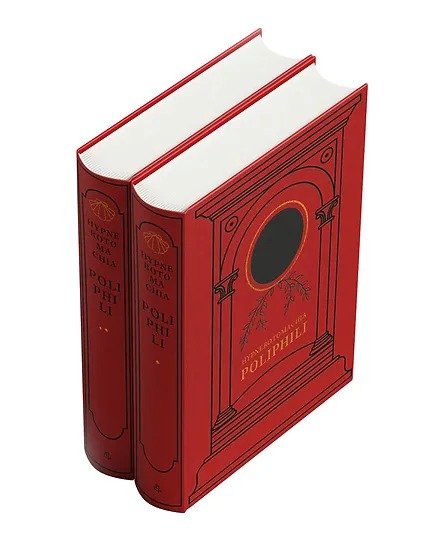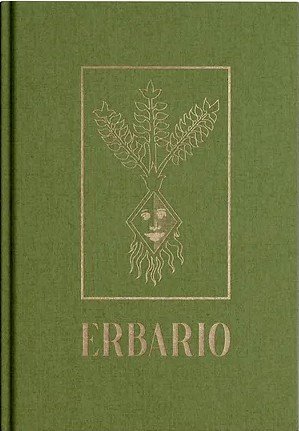

Erbario (forthcoming)
Erbario is a large and extraordinary illustrated herbal created in Italy around 1400.This manuscript stands out for its unique combination of about 180 botanical illustrations and textual annotations, offering a rich glimpse into medieval and early Renaissance knowledge of plants and their medicinal uses. It features three distinct styles of illustration, each contributing to the manuscript’s layered and evolving character.

Somnium (forthcoming)
Somnium ("The Dream") by Johannes Kepler is a captivating blend of science fiction, astronomy, and mythology, written in 1608 and published posthumously in 1634. This groundbreaking work explores the possibility of traveling to the Moon, offering a unique perspective on celestial phenomena through the lens of a dreamlike narrative.

The Comte de Gabalis
This short novel of 1670 gave the literary world a lasting gift: the doctrine of Elementary Spirits (Gnomes, Nymphs or Undines, Sylphs, and Salamanders) and their relations with humans from Adam’s time to the present.

The Vampyre
The Vampyre is the first Vampire story published in English, a novella written by John Polidori, physician to Lord Byron. The Vampyre appeared in England’s New Monthly Magazine in April 1819.

Timoleon & Other Ventures in Minor Verse
Timoleon & Other Ventures in Minor Verse is a collection of poems by Herman Melville, privately published by the Caxton Press in 1891 in an edition of only twenty-five copies.

The Legend of Sleepy Hollow & Rip van Winkle
Written while Irving was living in Birmingham, England, and then published in 1819. Along with Irving’s companion piece Rip Van Winkle

Siderius Nuncius
In 1609, Galileo constructed the first powerful telescope and started observing the heavens, which led to many monumental discoveries.

The Red Dragon
The Red Dragon, also known as "The Grand Grimoire" is one of the most sensational and notorious black magic Grimoires. It gives explicit instructions on how to call up and make a pact with the Devil’s prime minister in Hell, Lucifuge Rofocale.

Pseudomonarchia Daemonum
In 1577, Johann Weyer appended a short work titled Pseudomonarchia Daemonum to his treatise on the falsehoods of witchcraft and the magical arts, De Praestigiis Daemonum.

Le Petit Albert
In some respects, Le Petit Albert was the epitome of the Bibliothèque Bleue grimoires: it appeared from virtually nowhere in the early eighteenth century, was almost immediately condemned by the censor, and was spread across France by itinerant booksellers passing from village to village, town to town.

Pantographia
Pantographia by Edmund Fry, London 1799, contains more than two hundred alphabets.
This book is full of curiosities, like Chaldean 1. Fry traces this to the French scholar and astrologer Jacques Gaffarel (1601 - 1681).

Oh, Death!
Dark Romanticism loved the irrational, the scary spooky and the demonic Grosteske. The fallen writers explored the worlds of nightmares, psychic disturbances, fears and dark sides of the human, as far as possible. They did not want to show the boundaries between nightmare and reality, but rather to blurr those limit in their works.


The Monk
Matthew Gregory Lewis was in his late teens when he composed and published The Monk. Like Shelley, the Gothic had set his imagination alight, but while with Shelley this flowed into a Neo-Platonic Anarchism, Lewis detonated into a tendrilled three-volumes of sex, satan and unease.

The Martyrdom of St Cyprian
In the 5th century Aelia Eudocia, the Empress of Byzantium, composed an epic poem on the crimes and salvation of Cyprian, a professional magician who is presented as the embodiment of everything a magician can be, who ran up against a devout teen in Antioch.

The Little Book of Life After Death
Gustav Fechner (1881 - 1887) was a pioneer in the emerging field of scientific psychology and the philosophy of mind, but like many of his peers, he also applied his intellect to the question of the survival of the human personality after death.

It is Joy To Be With You
Emily Dickinson, unrecognized in her own time, is known posthumously for her innovative use of form and syntax.


The Flowers of Evil
Baudelaire’s most famous poetical effort is the result of a slow and immersed work. The poems focus is on death, of disease, of prostitution, of the ordinary street life of Paris, of everything that shed light or spoke to humanity.
